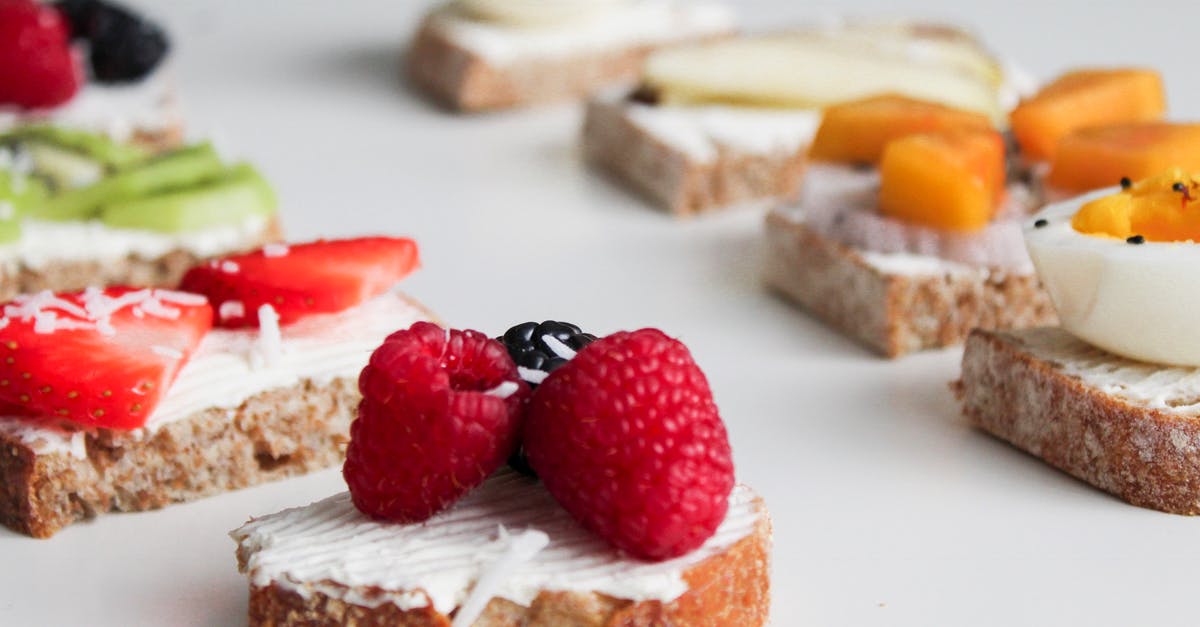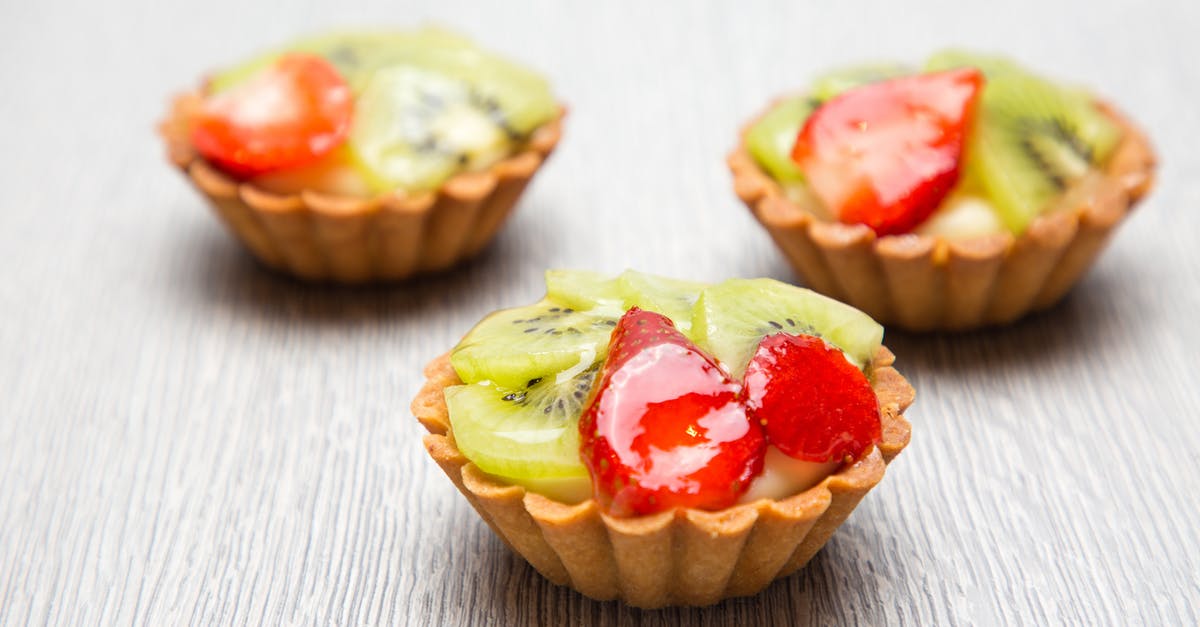Why did my fruit tart cream/custard have spots in it?

I just made a fruit tart for the first time in my life. I searched for fruit tart recipes and I decided to use a 5-star recipe with the most ratings to try to minimize the possibility that anything would go wrong.
The recipe says the following for the cream/custard filling:
Ingredients: 2 cups whole milk, 1/2 vanilla bean, 6 egg yolks, 2/3 cup sugar, 1/4 cup cornstarch, 1 tbsp cold unsalted butter
- In a medium saucepan, heat the milk and vanilla bean to a boil over medium heat. Immediately turn off the heat and set aside to infuse for 15 minutes.
- In a bowl, whisk the egg yolks and sugar until light and fluffy.
- Add the cornstarch and whisk vigorously until no lumps remain. Whisk in 1/4 cup of the hot milk mixture until incorporated.
- Whisk in the remaining hot milk mixture, reserving the saucepan. Pour the mixture through a strainer back into the saucepan. Cook over medium-high heat, whisking constantly, until thickened and slowly boiling. Remove from the heat and stir in the butter.
The only thing I did differently from the recipe was to not include the 1/2 vanilla bean in Step 1. Instead, while stirring in the butter in Step 4, I also added 1/2 tbsp of vanilla extract. Besides that, I followed exactly what the recipe said to do.
So what happened is that during Step 3, while I was whisking the 1/4 cup of hot milk into the mixture, I started seeing some spots in the mixture. By the end of Step 4, there were a lot of spots in the mixture, as you can see:
Also, during Step 4, the cream/custard turned very thick very quickly, and I couldn't pour it out of the saucepan like the recipe mentioned. Instead I had to spoon it out into a bowl. So I guess I messed up the consistency, although the final result wasn't bad and seemed to taste fine.
So what caused all of those spots to appear in the cream/custard?
Best Answer
The spots are burnt cornstarch. It created a browned layer on the bottom, which you tore up with the whisk and incorporated into the custard.
The reasons for this are:
- insufficient whisking
- too hot burner
- too thin pot
Of the three, the first is the one most people underestimate. From the moment the starch gets inside, you should never stop stirring, making sure that you are touching the bottom. In fact, a flat-bottomed spatula is better than a whisk, to make sure that you are really moving the lowest layer away from the bottom consistently.
I am not sure if you really messed up the consistency. There are custards with different thickness, and being pourable when hot is not any special sign of quality. If you are happy with the final thickness (when the tart has cooled), keep it as-is. If it is too firm for you, reduce the amount of cornstarch next time.
Pictures about "Why did my fruit tart cream/custard have spots in it?"



What causes custard to curdle?
The custard is cooked over a low heat for about 10 minutes, until it thickens slightly. All egg-based custards can curdle if they are cooked for too long, or at a high temperature. A low temperature and constant stirring are important to prevent the custard from curdling.Why is my pastry cream grainy?
This happens if the pastry cream was cooked at too high of a heat and it curdled at some point. Even though you whisked the mixture to break down the curdled egg, and passed it through a sieve, some of the curdled egg is still there. It has dispersed through the custard making it feel grainy.Can you over whip custard?
If custard is overcooked, the more tightly the proteins join together. They becoming thicker, curdling and squeezing out all the water which you see evidence of coming from little tunnels in the custard, called synersis.Why does my custard taste like eggs?
But when you overcook a custard, suddenly the connection is very, very clear. A nasty eggy taste takes up residence and won't go away. That's likely the result of heat breaking down the protein components cysteine and methionine to release sulphur, says Crosby.The BEST Fruit Tart Recipe
Sources: Stack Exchange - This article follows the attribution requirements of Stack Exchange and is licensed under CC BY-SA 3.0.
Images: Nick Collins, Trang Doan, Nataliya Vaitkevich, Nestor Cortez

